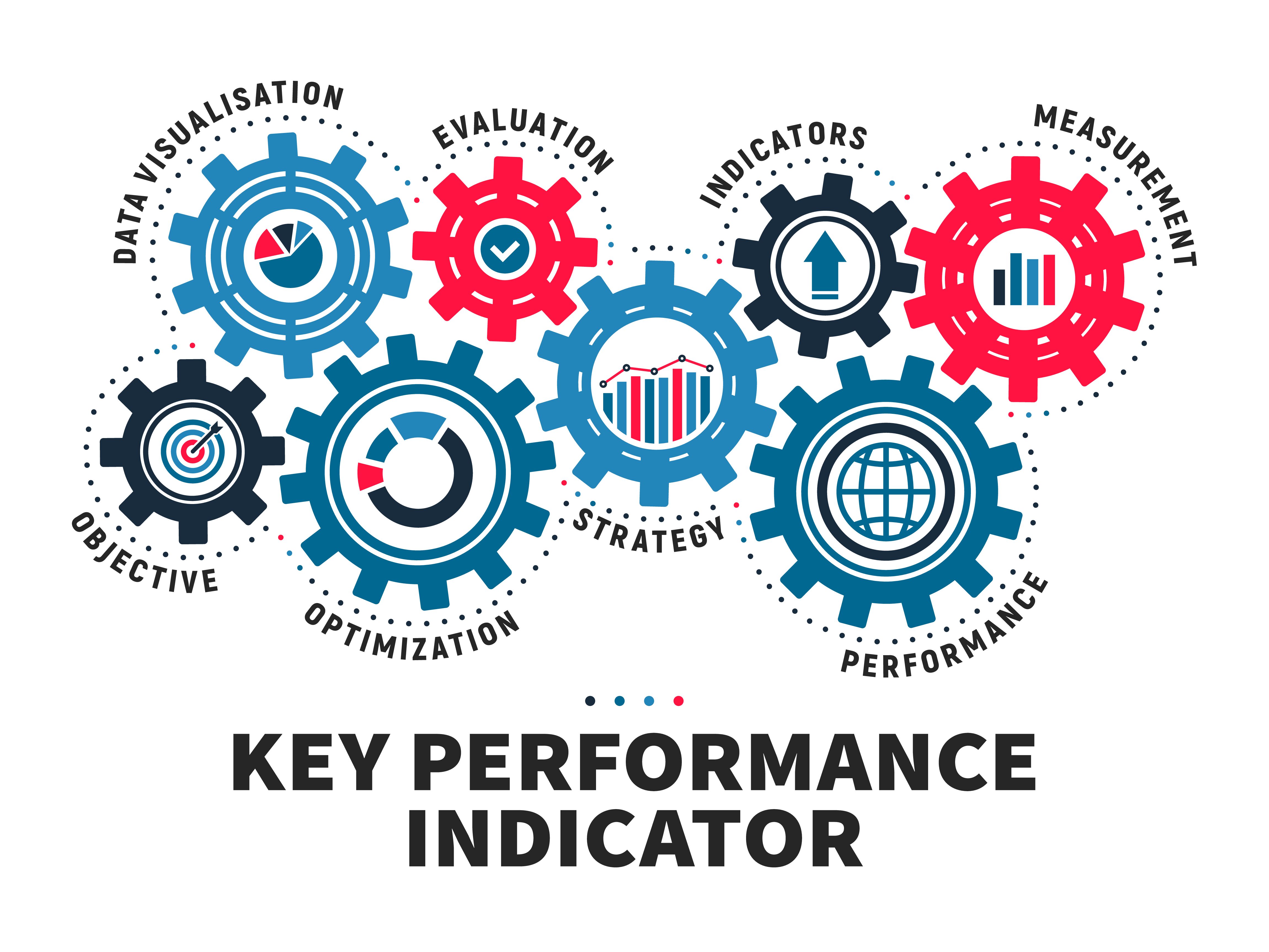
Traditional analytics tools have been incredible at providing a plethora of data, but often they can be likened to a solution looking for a problem
In an ever-evolving digital world, data has become the backbone of modern business decision-making. Business owners and strategists often find themselves lost in a sea of analytics tools, each promising the Holy Grail of insights and optimization. However, a recurring challenge remains – aligning data insights with tangible business outcomes. Traditional analytics tools have been incredible at providing a plethora of data, but often they can be likened to a solution looking for a problem. They furnish you with numbers and graphs but leave the critical part – connecting the dots to business outcomes – largely up to you.
Enter Outcome-Centric Guidance (OCG), a fresh perspective on analytics that is revolutionizing the way businesses interpret data. OCG isn’t just about accumulating data points; it’s about understanding what those data points mean for your business goals and guiding you through making improvements that impact those goals directly.
Consider the analogy of navigating a forest. Traditional analytics tools are like a compass and a topographic map. They’ll tell you where north is and what the terrain looks like, but choosing the best path to reach your destination is still up to you. OCG, on the other hand, is like a GPS navigation system that not only shows you the terrain but also guides you turn by turn, constantly recalibrating based on your location and obstacles you might face.
This pivotal shift doesn’t just change how data is interpreted; it has the potential to transform business operations on a fundamental level. When your analytics tool is inherently designed to focus on outcomes, it changes the conversations you have, the decisions you make, and the strategies you employ.
In this blog, we will venture into the realm of OCG by introducing you to XenonView, a trailblazer in outcome-centric analytics. We will then explore how XenonView’s approach compares to that of conventional analytics platforms, such as Google Analytics, Adobe Analytics, Mixpanel, and Heap. Each of these platforms has been a giant in its own right, but as we will see, there are key differences in how they align (or don’t align) analytics with business outcomes.
For instance, while Google Analytics might tell you how many users visited your website last month, XenonView will highlight how user interactions are contributing to, or hindering, desired outcomes like lead conversion, user retention, and revenue generation. It’s the difference between knowing what is happening, and understanding what to do about it.
Moreover, with traditional tools, much of the burden of synthesizing data into actionable insights falls on analysts who need to be well-versed in both data science and business strategy. OCG empowers even those who are not data experts to make data-driven decisions aligned with business goals.
Join us as we delve deeper into the world of Outcome-Centric Guidance with XenonView and explore how this paradigm shift is set to redefine the role of analytics in strategic business decision-making. Whether you’re an entrepreneur, a business strategist, or an analyst, the insights from this comparison will equip you with the knowledge to choose the analytics path that’s best aligned with your business outcomes. The future of analytics is here, and it’s focused, outcome-centric, and empowering.
XenonView distinguishes itself with its focused commitment to Outcome-Centric Guidance (OCG). Here’s a brief comparison with other notable solutions in the market:
- Google Analytics: Widely used for monitoring website traffic, user demographics, and behavior, Google Analytics can tell you that 1,000 users visited your e-commerce website and 500 of them are from the United States. However, it doesn’t directly tie this information to your specific business outcomes, such as the number of U.S. users who completed a purchase or signed up for a subscription.
- Adobe Analytics: A powerful tool that provides an in-depth view of customer interactions across multiple channels. For instance, it can inform you that a user read a blog post on your website, clicked on a product ad, and then downloaded your mobile app. But aligning this journey to a business outcome, like whether the user made a purchase through the app, is something you’d have to decipher and potentially derive with additional tools.
- Mixpanel: Mixpanel specializes in user interaction tracking, especially for mobile apps. It can tell you how often a feature in your app is used or the demographic breakdown of your app’s users. However, it doesn’t inherently tie these insights to business outcomes like user retention rate or revenue generation.
- Heap: Heap’s automatic event tracking is an advantage, capturing all user interactions on your website without needing to predefine the events. It might tell you that users spent a significant amount of time on a particular webpage. However, aligning this with a business outcome such as lead conversion would require additional interpretation and analysis.
- XenonView: The strength of XenonView lies in its OCG approach. Suppose your desired business outcome is to increase user subscriptions. In that case, XenonView not only tracks user behavior but directly aligns this data with the specified outcome. For example, it can provide insight on the journey of users who ended up subscribing, identify the most common milestones on this path, and suggest actions to optimize this journey for more subscriptions.
The key distinction of XenonView is its inherent focus on your specific business outcomes. While other tools provide extensive data and user behavior insights, they often stop short of directly linking these insights to the achievement of business outcomes. XenonView bridges this gap, making it a uniquely valuable tool for businesses aiming to drive strategic, outcome-oriented decisions through their analytics.
Learn more at xenonlab.ai



Leave a Reply